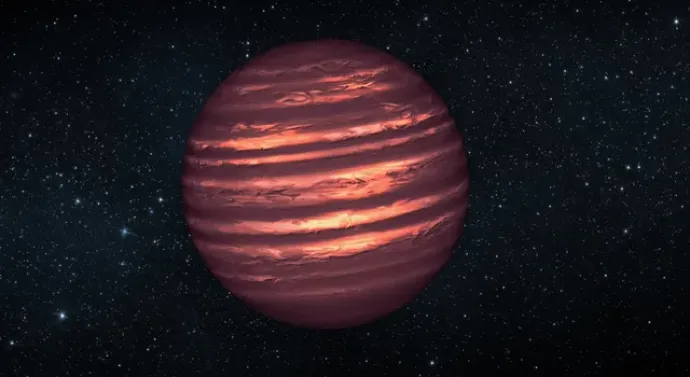Stars form in huge clouds of gas and dust called nebulae. These areas of space are sometimes known as 'stellar nurseries' or 'star forming regions'.
The gravity of the gas and dust in the clouds pulls everything inwards. The clouds slowly collapse onto a number of points (or cores).
Deep in the centre of these cores, there is lots of dense material squashed together, and it is very hot. Eventually it is hot enough for nuclear fusion to start.
Nuclear fusion is the process that powers a star. This point is called stellar ignition because it is when a star starts to shine.
Stars are not true stars until they can fuse hydrogen into helium. Before that point, they are called protostars.

- How does a Star form?
Star formation takes place in swirling clouds of gas and dust that are many times larger than a typical solar system.
Over time, a region within the cloud becomes denser than its surroundings. At this point, gravity kicks in and the cloud starts to collapse in on itself. As the cloud shrinks, its centre (or core) becomes very hot and dense. The cloud will start to spin a little as it collapses, forming a disk.
Eventually, the star's core becomes so hot and dense that nuclear fusion begins. This is the actual birth of the star. The light, heat and particles produced by the new star blow away most of the remaining cloud.
The star is left alone in space to slowly use up its nuclear fuel. After several million or billion years, it runs out of fuel and goes through the final stages of its life.
Image CreditThis work by The Schools' Observatory is licensed under All rights reserved
CreditThis work by The Schools' Observatory is licensed under All rights reservedThe process of Star Formation - What happens after Stellar Ignition?
The sudden burst of light made by a new star blows away much of the nearby gas cloud. However, it can leave enough material behind to form a number of planets.
After stellar ignition, the star becomes relatively stable. All the energy in a star is made in its centre (its core), by a process called nuclear fusion. The star releases the energy as heat and light. This is what makes a star shine.
The outward force generated by the fusion process is balanced by the inward pull of the star's gravity. It is the balance between the two which stops the star from collapsing or expanding.
Image CreditThis work by The Schools' Observatory is licensed under All rights reserved
CreditThis work by The Schools' Observatory is licensed under All rights reservedThe outward force by fusion (red arrows) is balanced by the inwards force from gravity (blue arrows). Note how all the arrows are the same size. - But what if Stellar Ignition doesn't occur?
In that case, a brown dwarf might form!
Brown dwarfs are very dim, glowing objects. We think the temperatures and pressures deep within brown dwarfs were never high enough for nuclear fusion to start. In other words, they are too big to be a planet, but not massive enough to shine like a star. We sometimes call these failed stars 'sub-stellar objects'.
Image CreditThis work by NASA/JPL-Caltech is licensed under Creative Commons Zero v1.0 Universal
CreditThis work by NASA/JPL-Caltech is licensed under Creative Commons Zero v1.0 UniversalArtist's impression of a Brown Dwarf The first brown dwarf was discovered in 1995. Like other stars, they form from a cloud of dust and gas. However, unlike the Sun and other stars, they don't release energy by nuclear fusion. Instead, their glow comes from leftover heat.
Brown dwarfs are usually bigger than gas giant planets but smaller than the lowest-mass stars. They have masses between 12 to 75 times the mass of the planet Jupiter.
Most brown dwarfs are in orbit around a parent star. However, some have been found alone in the cosmos.
